Vietnam Travel: Uncovering Vietnam’s 3 Regions and What Each Region Offers
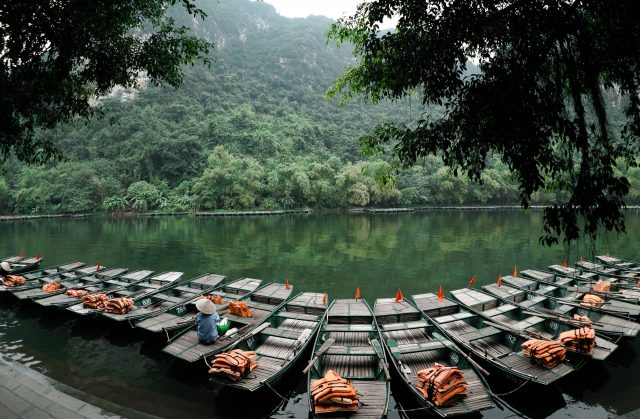
credit: Ruslan Bardash
Vietnam is a country packed with interesting places to see and things to do. From the hustle and bustle of Ho Chi Minh City to the stunning natural beauty of Ha Long Bay, Vietnam has three distinct regions that offer something for everyone. To help you plan your Vietnam travel itinerary, we’ve rounded up our favorite attractions in each region and highlighted some great places to stay nearby (though there are so many more).
There’s a lot to love when you visit Vietnam, from the delicious food to the stunning natural scenery. Vietnam is a country made up of three regions: the North, the Central Highlands and the South. Each region has its own unique culture and attractions that make it worth visiting.
In this article, we’ll take a closer look at each of Vietnam’s three regions and what makes them special. We’ll also provide some tips on what you can do when you visit each region. So whether you’re planning your first trip to Vietnam or are already familiar with some of its highlights, read on for an overview of Vietnam’s three regions!
-
Northern Vietnam: The Landscape of North Vietnam Is Simply Breathtaking!
-
Hanoi
-
Ha Long
-
Hai Phong
-
Ninh Binh
-
Sapa
-
-
Central Vietnam: Home To Ancient Temples And Rice Fields
-
Da Nang
-
Da Lat
-
Hoi An
-
Hue
-
Nha Trang
-
-
Southern Vietnam: Diving Into A World Of Beaches, Mountains And National Parks
-
Ho Chi Minh City
-
Mui Ne
-
Can Tho
-
Phu Quoc
-
Con Dao
-
Northern Vietnam: The Landscape of North Vietnam Is Simply Breathtaking!
With its towering mountains, tranquil lakes and lush rice paddies, it’s no wonder that Northern Vietnam is one of the most popular regions in the country. Hanoi, the capital city, is a great place to start your exploration of the north. Highlights include Hoan Kiem Lake, the Old Quarter and the Temple of Literature. Just a short drive from Hanoi is Ha Long Bay, one of Vietnam’s most iconic destinations. This UNESCO World Heritage Site is famous for its emerald green waters and hundreds of limestone islands. Other popular attractions in the north include Hai Phong, Ninh Binh and Sapa.
Hanoi
Hanoi, the capital of Vietnam, is a fascinating city that’s home to a mix of traditional and modern attractions. The Old Quarter is one of the most popular areas in the city, with its narrow streets and abundance of street food stalls. Other must-see sights include Hoan Kiem Lake, the Temple of Literature and the Imperial Citadel. If you’re looking for some retail therapy, head to the Dong Xuan Market or the nearby Ba Dinh Square. Hanoi is also a great base for exploring the rest of Northern Vietnam. Just a short drive away is Ha Long Bay, one of the most picturesque places in the country, and Ninh Binh, home to limestone caves and rice paddies.
Ha Long
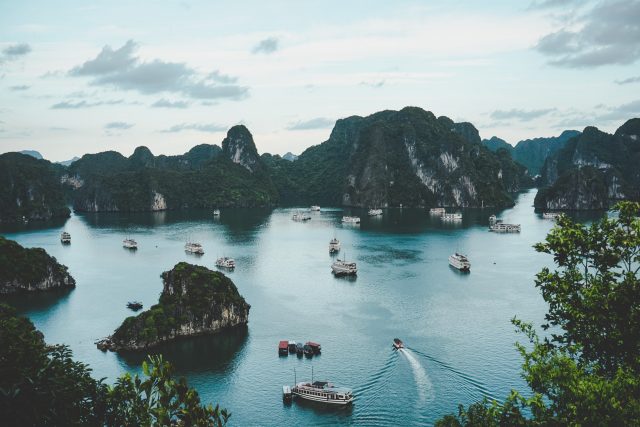
credit: Ammie Ngo
Ha Long Bay is one of the most popular tourist destinations in Vietnam and it’s easy to see why. This UNESCO World Heritage Site is famous for its emerald green waters and hundreds of limestone islands. Visitors can explore the bay on a traditional junk boat, kayak through hidden caves or take a cable car up to one of the viewing points. Ha Long Bay is also a great place for scuba diving, with many dive sites located around the islands.
Hai Phong
Hai Phong is a port city in Northern Vietnam that’s home to some of the country’s most impressive sights. The city itself is a fascinating mix of old and new, with temples and colonial-era buildings standing side-by-side with skyscrapers. Highlights include the Thap Rua (Turtle Tower), the Hai Phong Opera House and the Bao Dai Palace. Just a short drive from the city is Halong Bay, one of Vietnam’s most popular tourist destinations.
Ninh Binh
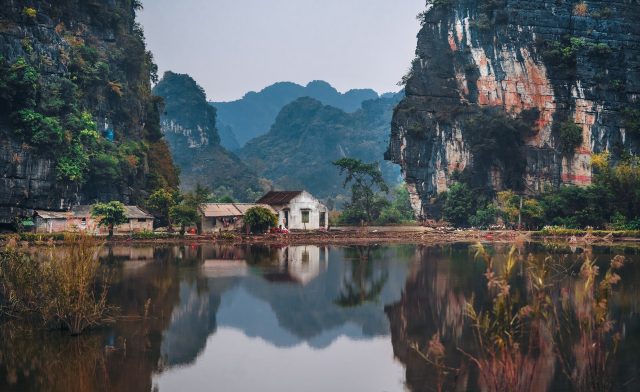
credit: Ruslan Bardash
Located just a short drive from Hanoi, Ninh Binh is often referred to as “Hanoi in miniature”. This region is famous for its stunning limestone karst landscapes, which can be explored on a boat trip through the Bai Dinh Pagoda complex. Other popular sites include the Hoa Lu ancient capital and the Cuc Phuong National Park.
Sapa
Situated in the northwest of Vietnam, Sapa is a small town that’s surrounded by rice terraces and towering mountains. This region is home to many ethnic minority groups, who can be seen going about their daily lives in traditional dress. Popular activities in Sapa include hiking, visiting local markets and taking a scenic cable car ride up to Mount Fansipan.
Central Vietnam: Home To Ancient Temples And Rice Fields
Central Vietnam is a treasure trove of ancient temples and lush rice fields. The region’s largest city, Da Nang, is a great place to start your adventure. Here you can explore the city’s modern skyline, visit the iconic Marble Mountains or take a trip back in time at the Cham Museum. Just a short drive from Da Nang is the charming town of Hoi An. This well-preserved port town is home to some of the best tailors in Vietnam, as well as an abundance of old temples and houses. If you’re looking for something more adventurous, head to Hue, the former imperial capital of Vietnam. This city is overflowing with history and culture and is home to some stunning palaces and pagodas. Finally, don’t miss out on a visit to Nha Trang, one of Vietnam’s most popular beach towns.
Da Nang
Da Nang is the largest city in Central Vietnam and a great place to start your adventure. The city’s modern skyline is home to some impressive skyscrapers, including the Dragon Bridge. Other must-see sights include the Marble Mountains, the Cham Museum and the My Son Sanctuary. Just a short drive from Da Nang is the charming town of Hoi An, which is well worth a visit for its old temples and houses. If you’re looking for something more adventurous, head to Hue, the former imperial capital of Vietnam. This city is overflowing with history and culture and is home to some stunning palaces and pagodas. Finally, don’t miss out on a visit to Nha Trang, one of Vietnam’s most popular beach towns.
Da Lat
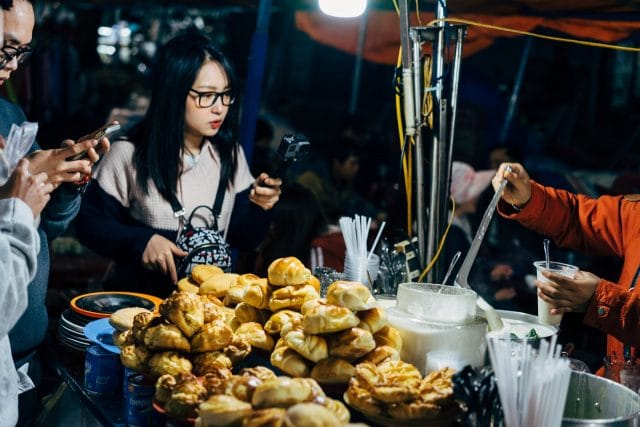
credit: Markus Winkler
Da Lat is a charming town located in the Central Highlands of Vietnam. This former French colonial town is famous for its rolling hills, flower gardens and waterfalls. Da Lat is also home to several impressive temples and pagodas, including the Tuyen Lam Lake Pagoda and the Dalat Cathedral. If you’re looking for a bit of adventure, be sure to visit the nearby Elephant Waterfall or take a ride on the city’s vintage train.
Hoi An
Hoi An is a charming port town in Central Vietnam that’s well worth a visit. The town is home to some of the best tailors in Vietnam, as well as an abundance of old temples and houses. Highlights include the Japanese Covered Bridge, the Quan Cong Temple and the Thu Bon River. If you’re looking for something more adventurous, head to Hue, the former imperial capital of Vietnam. This city is overflowing with history and culture and is home to some stunning palaces and pagodas. Finally, don’t miss out on a visit to Nha Trang, one of Vietnam’s most popular beach towns.
Hue
Hue is the former imperial capital of Vietnam and a must-visit city for history buffs. The city is home to some impressive palaces and pagodas, including the Nguyen Dynasty’s Imperial City and the Thien Mu Pagoda. Other popular sights include the Dong Ba Market and the Tombs of the Emperors. If you’re looking for a bit of adventure, be sure to visit the nearby Perfume River or take a ride on the Dragon Boat.
Nha Trang
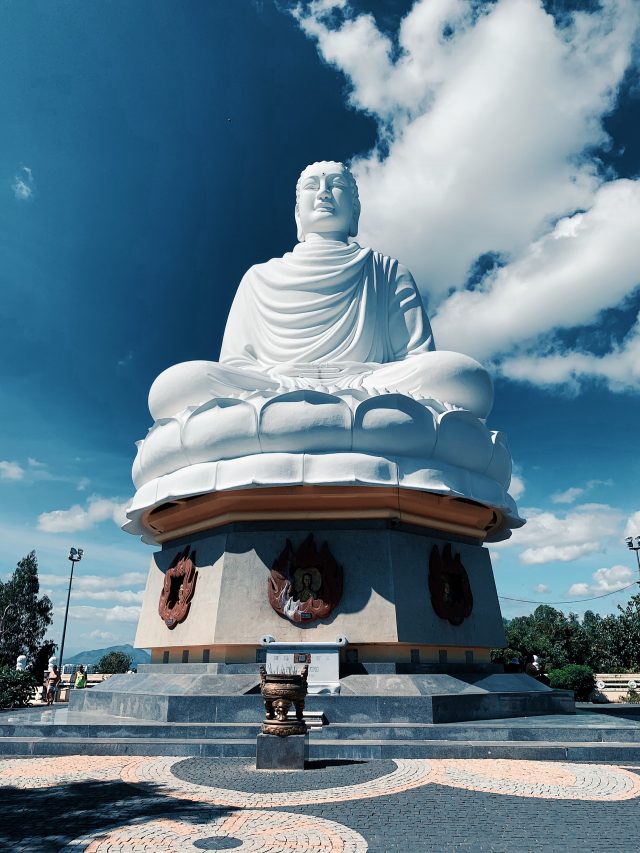
credit: Masha Koko
Nha Trang is a popular beach town in Central Vietnam that’s known for its stunning beaches and clear waters. Highlights include the Po Nagar Cham Towers, the Long Son Pagoda and the Alexandre Yersin Museum. If you’re looking for something more adventurous, head to Hue, the former imperial capital of Vietnam. This city is overflowing with history and culture and is home to some stunning palaces and pagodas. Finally, don’t miss out on a visit to Nha Trang, one of Vietnam’s most popular beach towns.
Southern Vietnam: Diving Into A World Of Beaches, Mountains And National Parks
Southern Vietnam is the perfect destination for those who love to mix beaches and mountains with a healthy dose of culture and history. Ho Chi Minh City, the region’s largest city, is a great place to start your exploration. Here you can wander the chaotic streets, visit vibrant markets and eat your way through the city’s amazing cuisine. Just a short drive from the city is Mui Ne, one of Vietnam’s best beaches. This long stretch of sand is perfect for swimming, sunbathing and surfing. If you’re looking for some adventure, head to the mountains in Dalat or Da Lat. These towns are both home to stunning landscapes, charming villages and plenty of outdoor activities. Finally, don’t miss out on a visit to Con Dao or Phu Quoc, two of Vietnam’s most beautiful islands.
Ho Chi Minh City
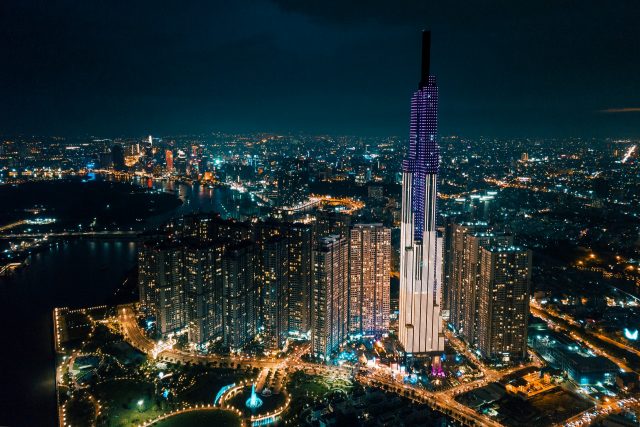
credit: Tron Le
Ho Chi Minh City, also known as Saigon, is the largest city in Southern Vietnam. This vibrant city is home to a mix of colonial buildings, busy markets and delicious restaurants. Highlights include the Notre Dame Cathedral, the Reunification Palace and the Ben Thanh Market. There is no shortage of things to do in Ho Chi Minh City. Some of the best activities include wandering the chaotic streets, visiting vibrant markets, eating your way through the city’s amazing cuisine and exploring the city’s colonial buildings. Just a short drive from the city is Mui Ne, one of Vietnam’s best beaches. This long stretch of sand is perfect for swimming, sunbathing and surfing. If you’re looking for some adventure, head to the mountains in Dalat or Da Lat. These towns are both home to stunning landscapes, charming villages and plenty of outdoor activities. Finally, don’t miss out on a visit to Con Dao or Phu Quoc, two of Vietnam’s most beautiful islands.
Mui Ne
Mui Ne is a popular beach town in Southern Vietnam that’s known for its long stretch of sand and clear waters. This beach is perfect for swimming, sunbathing and surfing. If you’re looking for some adventure, head to the nearby Mui Ne Sand Dunes or take a ride on a camel. Other popular sights include the Fairy Stream and the Red Canyon.
Can Tho

credit: Hisu lee
Can Tho is the largest city in the Mekong Delta and a popular stop for travelers exploring Southern Vietnam. This city is known for its floating markets, which are a great place to buy fresh produce and souvenirs. Other popular sites include the Cai Rang Floating Market, the Can Tho Museum and the Ninh Kieu Quay. If you’re looking to get out of the city, head to one of the nearby rice paddies or take a boat ride through the Mekong Delta.
Con Dao
Con Dao is a small island off the coast of Southern Vietnam that’s home to some of the country’s best beaches. This island is a great place for swimming, snorkeling and diving. If you’re looking for some history and culture, be sure to visit the Con Dao National Park, which is home to many historical sites, including former prisons and a Buddhist temple.
Phu Quoc
Phu Quoc is an island off the coast of Southern Vietnam that’s known for its stunning beaches. This island is a great place for swimming, sunbathing and diving. If you’re looking for some history and culture, be sure to visit the Phu Quoc National Park, which is home to a number of historical sites, including a French colonial prison and a Buddhist temple. Phu Quoc is a great place for weddings. The island is home to some of the best beaches in Vietnam, which provide the perfect backdrop for a romantic wedding ceremony. The island’s quiet and relaxed atmosphere also makes it a great place to relax and celebrate with friends and family. There are many resorts and hotels on Phu Quoc that offer wedding packages, so be sure to inquire when planning your trip.
The Many Requirements for Entering Vietnam
As the Vietnamese economy has opened up in recent years, it has become increasingly popular to visit the country. However, in order to enter Vietnam, a visa is required. Here we will provide some tips on how to get a visa for Vietnam.
The first step is to determine what type of visa you need. There are three different types of visas for Vietnam: business, tourist, and transit. If you are visiting Vietnam for business purposes, you will need to apply for a business visa. If you are visiting Vietnam as a tourist, you will need to apply for a tourist visa. And if you are just passing through Vietnam on your way to another country, you will need to apply for a transit visa.
The next step is to gather the required documents. You may also need one or more of the following documents:
-A valid passport
-A visa application form
-One passport-sized photograph
-Proof of travel insurance
-An invitation letter from a Vietnamese citizen
-Proof of financial means to support your stay in Vietnam
-A business visa may also require additional documentation, such as a letter of invitation from a Vietnamese company.
Enjoy Your Trip to Vietnam!
Vietnam is a country packed with interesting places to see and things to do. Whether you’re looking for some adventure or want to relax on the beach, Vietnam has something for everyone. In this article, we’ve highlighted just a few of the many amazing destinations you can visit in Northern, Central and Southern Vietnam. We hope this article has helped you plan your travels around Vietnam! No matter which region you choose to explore, you are sure to find something amazing that will capture your heart. We hope you have the opportunity to explore all three regions during your trip! If you have any questions or need help planning your Vietnam trip, head over and ask us on our Vietnam Travel forum!